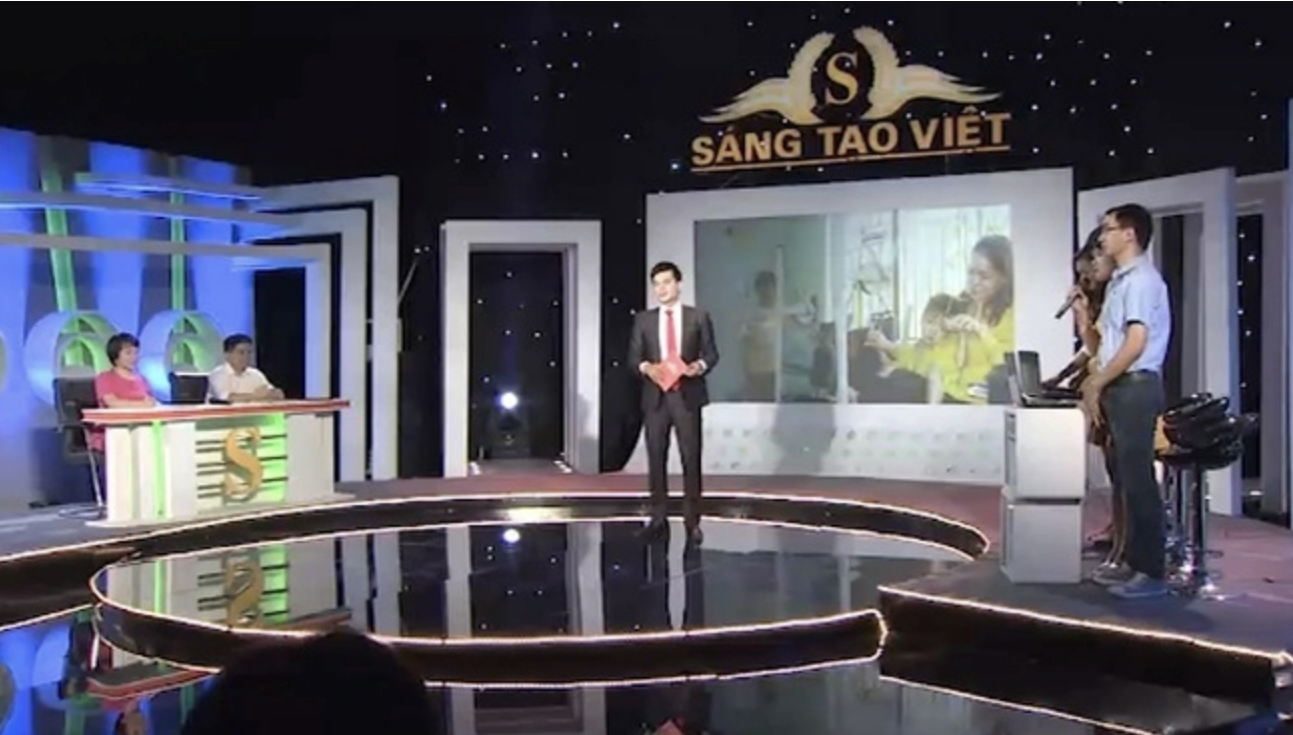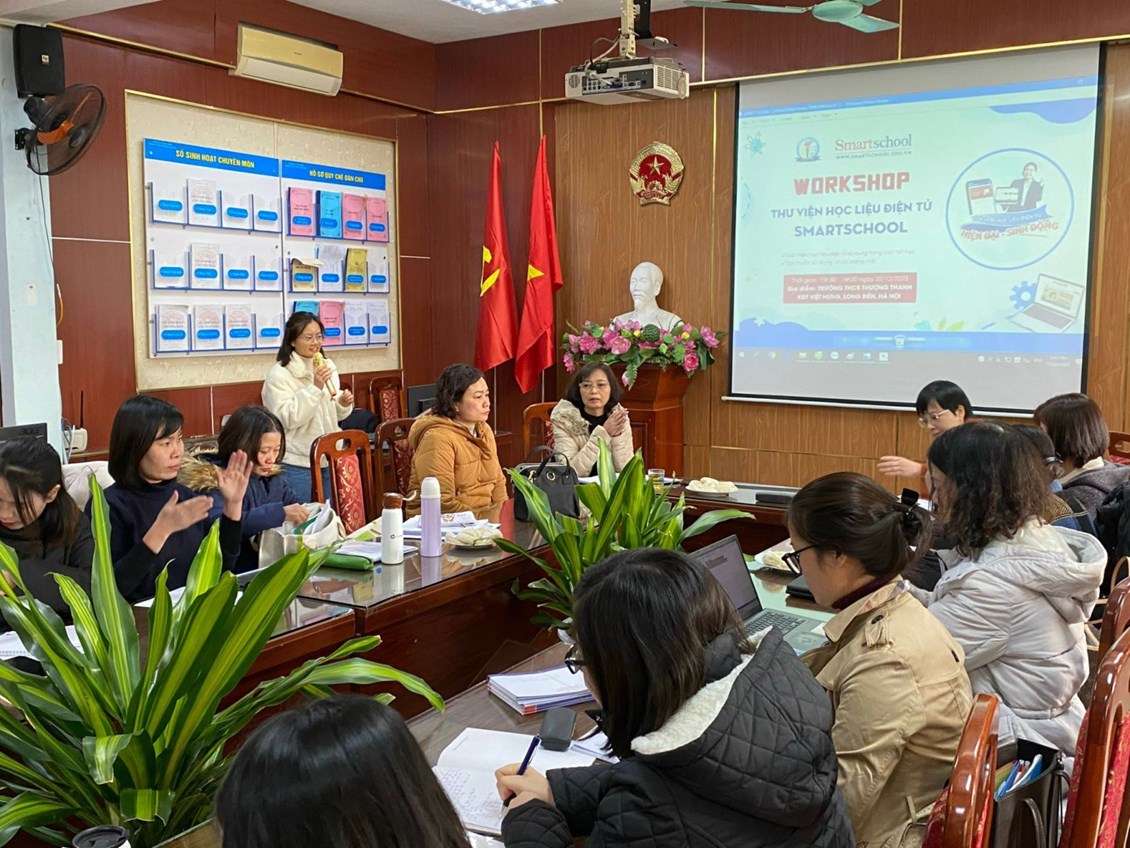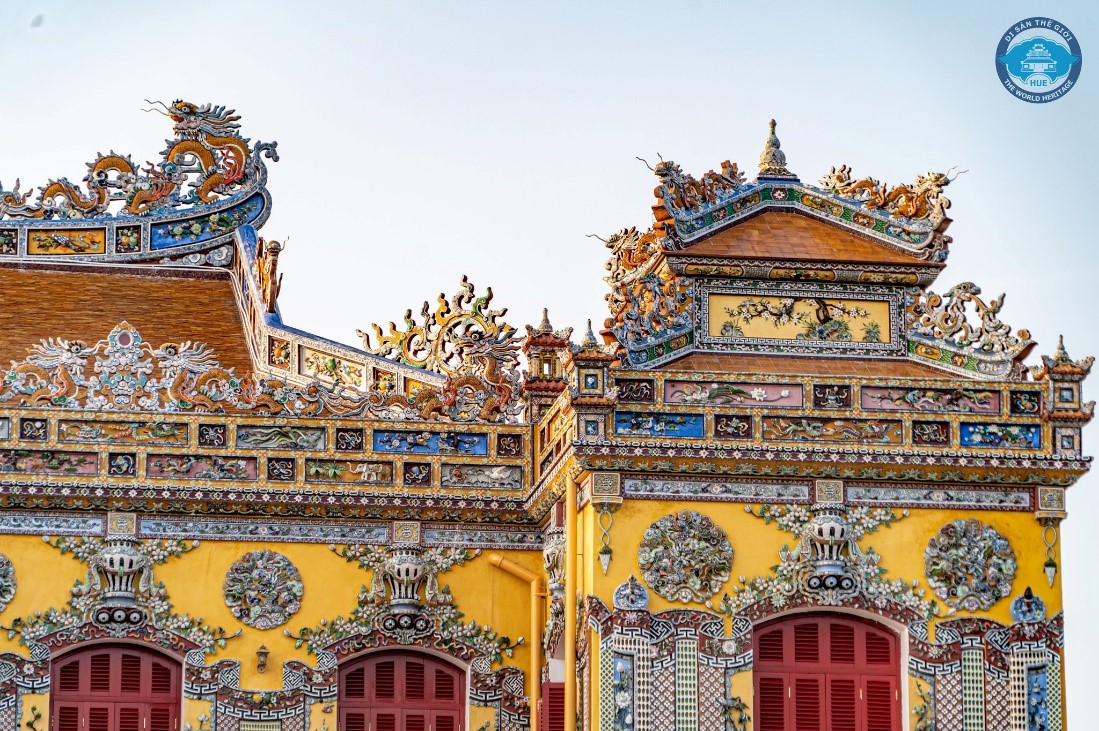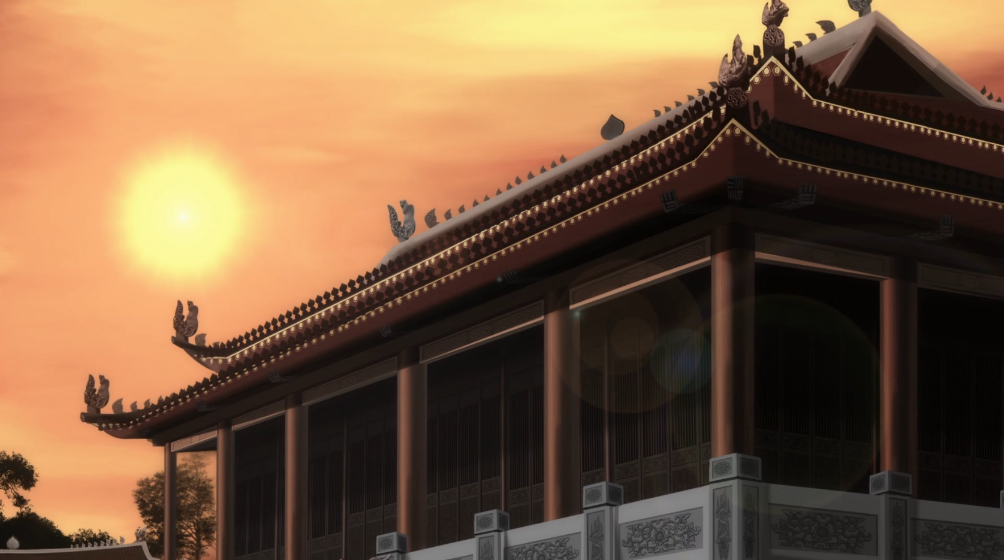
The Battle of Dong Bo Dau (January 29, 1258, or the 24th day of the 12th month of the 7th year of the Nguyen Phong era) was a strategic counterattack by the Tran dynasty's army, led by King Tran Thai Tong, which defeated the Mongol invading forces at Dong Bo Dau (the area near Long Bien Bridge, present-day Hanoi), marking the end of the first resistance against the Yuan-Mongol invasion (1258).
After nearly a month of waging an invasion war against Dai Viet, although they captured Thang Long Citadel, it was an abandoned citadel. The Mongol army faced many difficulties due to depleted forces, a lack of food, and moreover, they were unaware of the situation, intentions, and actions of the enemy. That situation forced the enemy general, Ngot Luong Hop Thai, to adjust the battle formation, not camp in Thang Long Citadel but set up camp at Dong Bo Dau wharf, consolidate forces, grasp the situation, and then continue the attack...

Đông Bộ Đầu was originally a major naval base of the Tran Dynasty forces along the Red River, right next to the capital Thang Long, with barracks for the naval troops stationed there. When the Mongol army arrived at Dong Bo Dau, the Tran dynasty's navy retreated to preserve their forces, leaving behind empty barracks; however, when the Mongol army entered Thang Long, the Tran forces organized a tight siege, preventing the enemy from escaping, while vigorously preparing for a counterattack.
With a force of about 30,000 troops, including Mongolian cavalry and cavalry from the Lo Lo or Thoan Bac ethnic group (an ethnic group from Yunnan, China), Ngot Luong Hop Thai ordered the construction of thousands of large and small leather tents at Dong Bo Dau wharf. The headquarters of Ngot Luong Hop Thai was located in the center, amidst the tents of the elite troops, with the soldiers' tents surrounding them; next to each tent were horse-drawn carts and saddles prepared in advance, with the soldiers always in a combat-ready stance.

Outside the military camp, the Mongolian troops set up three permanent guard lines; on the roads leading to the headquarters, they established watch stations. Additionally, Ngot Luong Hop Thai organized small cavalry units to scour the area around Thang Long Fortress day and night to monitor the activities of the enemy's main forces and to plunder supplies...
According to Ha Van Tan and Pham Thi Tam in the book "The Resistance Against the Mongol Invasion in the 13th Century," they wrote:
After a very short period of urgent preparation, the forces regained their fighting spirit and surged once again. Meanwhile, the Mongol army began to suffer and struggle due to a lack of food in an empty fortress. The enemy attempted to carry out widespread raids in the surrounding areas of Thang Long, but wherever they went, they encountered fierce resistance from the people. For example, when the Mongol army advanced to Co So (now Yen So commune, Hoai Duc district, Ha Tay province), the people here united to fight, protect their villages, and dealt a heavy blow to them, causing the enemy's heads to roll, their horses to stumble, forcing the invaders to flee in disarray.

Those subjective and objective conditions created a very favorable opportunity for the counterattack. On the 24th of the twelfth month of the seventh year of the Yuanfeng era (January 29, 1258), Emperor Tran Thai Tong and Crown Prince Hoang commanded the fleet upstream on the Thien Mac River, defeating the enemy at Dong Bo Dau and recapturing the capital.
Driven out of Thang Long, the Mongol army turned and fled towards Yunnan. Just when they were hoping to escape, the Mongolian troops were ambushed by the mountain tribes in Quy Hoa camp, who responded to the call of camp leader Ha Bong. This surprise attack caused them a heavy defeat. Now, unlike their arrogant and aggressive attitude when advancing, the Mongol invaders were scattered, sneaking away as quickly as possible. They no longer dared to think about looting and burning. To mock their attitude, people at that time called them by the rather sarcastic name "Buddhist bandits." Ngot Luong Hop Thai led his troops out of the border, back to Yunnan.

When the enemy troops reached Bach Hac, Son Vi, Phung Loc Ho led the local forces to drive them away, forcing the enemy to retreat to Quy Hoa (Phu Tho). The head of the Quy Hoa camp, Ha Bong (from the Muong ethnic group), along with the troops and the people, organized an ambush, and the enemy suffered a great defeat. The remnants of the enemy lost all fighting spirit and tried to escape across the border. When they returned to Dai Ly, Ngot Luong Hop Thai's army was reduced to about 5,000 men.

When bringing the remnants of his army out of Dai Viet's borders to return to Dai Ly (Yunnan - China), Ngot Luong Hop Thai stopped at the city of Ap Xich (Kunming, China). Ngot Luong Hop Thai (Uryangkhadai) - the undefeated general of Khan Möngke, who had once dominated the battlefields of Asia and Europe, had to suffer a humiliating defeat on the land of Dai Viet. This invading army, although not large, had 50 generals who were princes, including Abisca, the son of Genghis Khan.
Such a powerful and skilled army with many talented generals could only occupy Thang Long Citadel for 9 days. The battle of the Tran dynasty's army and people was a complete victory. About 20,000 enemy cavalry had to leave their bodies at Dong Bo Dau wharf.
On the morning of January 29, 1258 (the 24th day of the 12th lunar month of the Year of the Snake), King Tran Thai Tong, along with the generals and soldiers, entered the newly liberated capital amidst the joy of the capital's citizens.

Để tăng cường và nâng cao hiệu quả việc tuyên truyền, phổ biến, giáo dục pháp luật, một gameshow mới mang tên “Sức nước ngàn năm” sắp lên sóng VTV.

MC Nguyên Khang quyết định làm mới hình ảnh và lần đầu tiên thử sức mình trong một chương trình về pháp luật phát sóng trên VTV.

Sáng tạo Việt – gameshow công nghệ thú vị trên sóng VTV

Với những đam mê và sáng tạo không ngừng, Smartschool luôn nỗ lực đóng góp hiệu quả cho hành trình vươn tới thành công và sự phát triển chung của toàn xã hội.

Chiều ngày 22/12/2023, Smartschool tổ chức thành công buổi Workshop xin ý kiến góp ý, đồng thời hướng dẫn thầy cô cách khai thác triệt để hệ thống thư viện học liệu điện tử

Với tổng mức đầu tư hơn 123 tỷ đồng và mất gần 5 năm chuẩn bị, tháng 2/2019 Điện Kiến Trung được bắt đầu trùng tu cho đến đầu năm 2024 mới hoàn tất và mở cửa.

Một trong những nét đặc trưng nổi bật của lối kiến trúc thời Lý Trần còn được lưu trữ tới ngày nay chính là những dấu vết về những bộ mái ngói mang phong cách riêng biệt với độ hoàn thiện và thẩm mỹ cao.

Sáng ngày 6/4/2018, Ngày hội Công nghệ thông tin ngành Giáo dục và Đào tạo Thủ đô lần thứ IV đã chính thức khai mạc tại trường THPT chuyên Nguyễn Huệ với chủ đề “Giáo dục thông minh trong thời kì hội nhập quốc tế”.